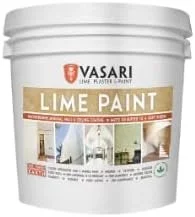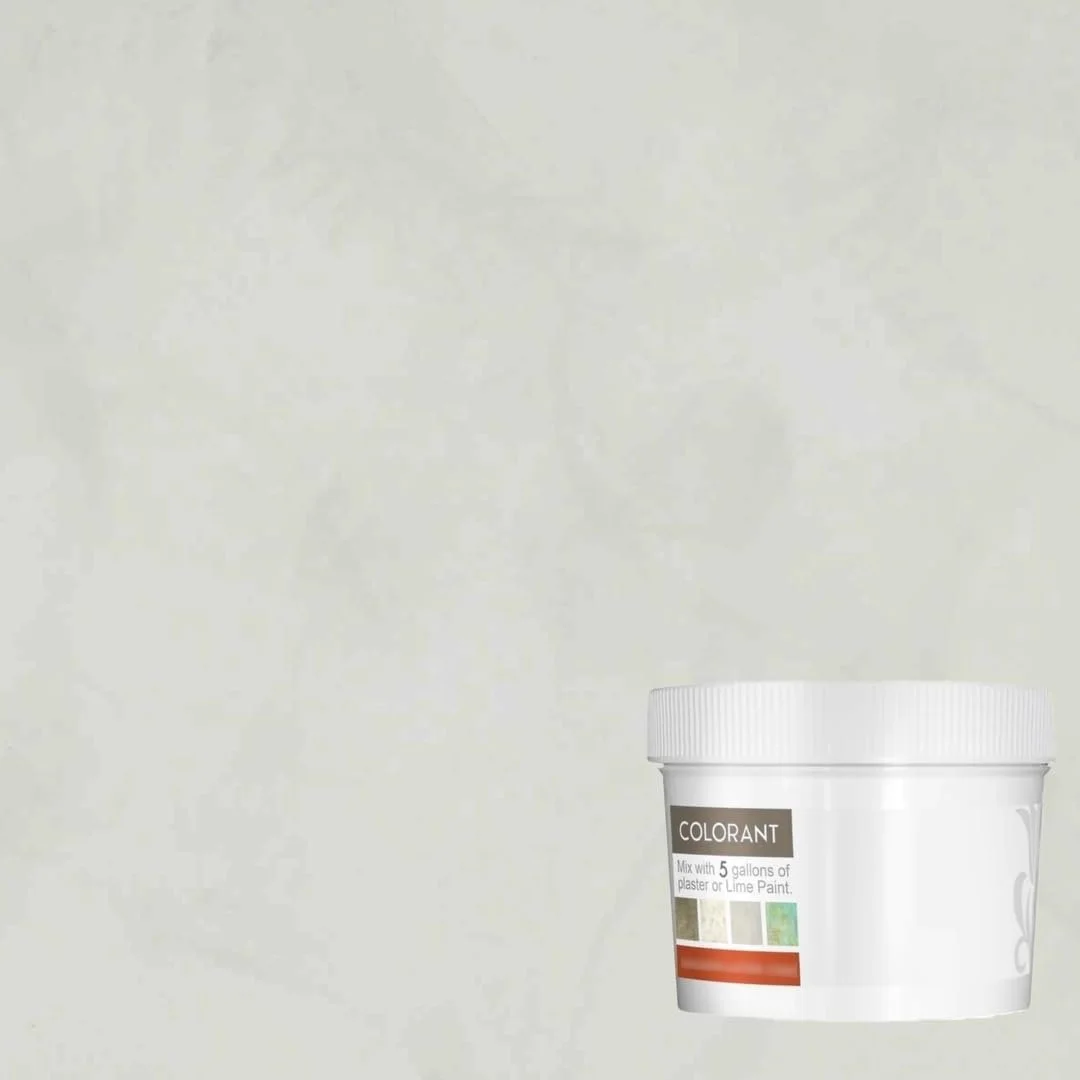EXCLUSIVE CONTENT
Complimentary Content and Design Support for Instagram Followers!
YOUR DESIGNER
Paige Gray, BA ID
Guide to Lime Washing Walls
Product Recommendations:
These are the exact products I used in my own home, I loved the experience of working with the product and Vasari was exceptional with their customer service. You’ll be hard pressed to find a lime wash product in Canada, but this shipped beautifully and got to my home in no time at all. I bought the base tub and added a mix of two different tints to achieve the look in our daughter’s room. I purchased The tub shown below (affiliate links) and the associated tints Alabaster and Golden Gray.
The product goes on darker than expected so start with less tint than recommended and test on your wall to confirm the colour will turn out as you’d like. I did one wash at the recommended tint mix level, then added another coat over top with much more white base to tint ratio to lighten it up and add that soft cloud effect.
Click Images to Shop:
As an Amazon Associate I earn from qualifying purchases
Lime washing is a traditional method of wall finishing that has been used for centuries to create a beautiful, breathable, and eco-friendly surface. Unlike modern paints, lime wash is made from natural materials, offering a unique, velvety matte finish that can add character to your space. It’s ideal for both interior and exterior walls, particularly in historic or eco-conscious homes.
In this guide, I will walk you through what lime wash is, how to apply it, the benefits it offers, and the maintenance involved.
What is Lime Wash?
Lime wash is a natural paint made from limestone, water, and pigments. It has a distinct, matte finish with a slight chalky texture that is perfect for adding depth and character to walls. Lime wash is typically breathable, which means it helps regulate humidity and moisture, making it an excellent choice for older homes or spaces like bathrooms or basements.
Benefits of Lime Washing Walls
Eco-Friendly: Lime wash is made from natural, non-toxic ingredients, making it safe for both you and the environment. It has a low carbon footprint compared to synthetic paints.
Breathable & Moisture-Regulating: Lime wash allows the walls to "breathe," which helps regulate moisture levels in the room. This makes it ideal for homes in humid climates or older homes where traditional paints may trap moisture and cause issues like mold.
Aesthetic Appeal: Lime wash offers a soft, matte finish with a subtle texture that can create a rustic, organic look. It can also be layered to create depth and movement on the surface.
Antibacterial Properties: Lime wash has natural antibacterial qualities, which can help improve air quality and reduce the growth of mold or mildew on walls.
Durability: When applied correctly, lime wash is long-lasting and can withstand time and elements, especially in exterior applications. Over time, it even develops a unique patina.
How to Apply Lime Wash
Lime wash is a straightforward process, but it does require patience and a few important steps to achieve the best result. Follow these steps for a beautiful, long-lasting finish:
Step 1: Prepare the Surface
Clean the Walls: Make sure your walls are clean, dry, and free of dust, dirt, or grease. Lime wash bonds best with porous surfaces, so walls with existing paint, drywall, or other sealed finishes should be prepped to ensure good adhesion.
Repair Any Cracks: If the wall has any cracks, patch them using a suitable filler or plaster that’s compatible with lime wash.
Step 2: Mix the Lime Wash
Lime wash usually comes as a powder or a paste that needs to be mixed with water to create a thin, milky consistency. The ratio of powder to water can vary depending on the manufacturer, but typically, you'll use about 1 part lime putty to 2 parts water.
For colored lime wash, add natural pigments or mineral-based colorants to the mix.
Stir the mixture thoroughly until it’s smooth and consistent.
Step 3: Apply the Lime Wash
First Coat: Using a large brush, apply the first coat of lime wash in long, even strokes. Start from the top of the wall and work your way down, making sure the paint is applied evenly. The first coat will often look streaky or uneven, but this is normal.
Allow to Dry: Let the first coat dry completely (typically 24–48 hours). Lime wash dries quickly but may feel tacky to the touch before it's fully cured.
Second Coat: Once the first coat is dry, apply a second coat, following the same technique. You can adjust the consistency of your second coat to be slightly thicker if you want a more opaque finish.
Optional Third Coat: For a more intense finish, some people opt for a third coat. More layers will add depth to the color and texture of the wall.
Step 4: Cure and Maintain
After the final coat, the lime wash needs to cure for several weeks. Over time, the finish will settle and develop its final appearance. Keep the area well-ventilated during this period to encourage curing.
Maintenance: Lime wash can be cleaned gently with water and a soft sponge. Avoid using harsh cleaning products or scrubbing the surface too hard, as this can damage the finish. Over time, the walls may need to be rewashed with a fresh coat of lime wash, especially in high-traffic areas.
Things to Keep in Mind
Surface Compatibility: Lime wash works best on porous surfaces like plaster, masonry, or stone. It does not adhere well to glossy or sealed surfaces, such as drywall with a shiny finish or previously painted surfaces. It's important to assess the surface before applying lime wash.
Color Variations: Lime wash can appear slightly different in different lighting, due to its matte and natural finish. It may also lighten slightly as it cures.
Durability for High-Traffic Areas: Lime wash is more susceptible to damage in high-traffic areas, such as hallways or areas where furniture or children may cause wear. For these areas, consider applying a natural waxfinish on top of the lime wash to provide extra protection.
Lime Wash Care and Maintenance
Routine Cleaning: Use a damp cloth to gently wipe down the walls, particularly in areas prone to dust or spills. Avoid abrasive cleaning tools.
Reapplication: Over time, lime wash may need to be refreshed, especially in areas exposed to moisture or heavy wear. You can add an extra coat of lime wash to touch up faded or damaged areas. Unlike traditional paint, lime wash can often be reapplied without the need for stripping or sanding.
Avoid Scrubbing: Lime wash is a delicate finish, and scrubbing can cause the surface to wear down. Stick to gentle wiping with a damp cloth.



